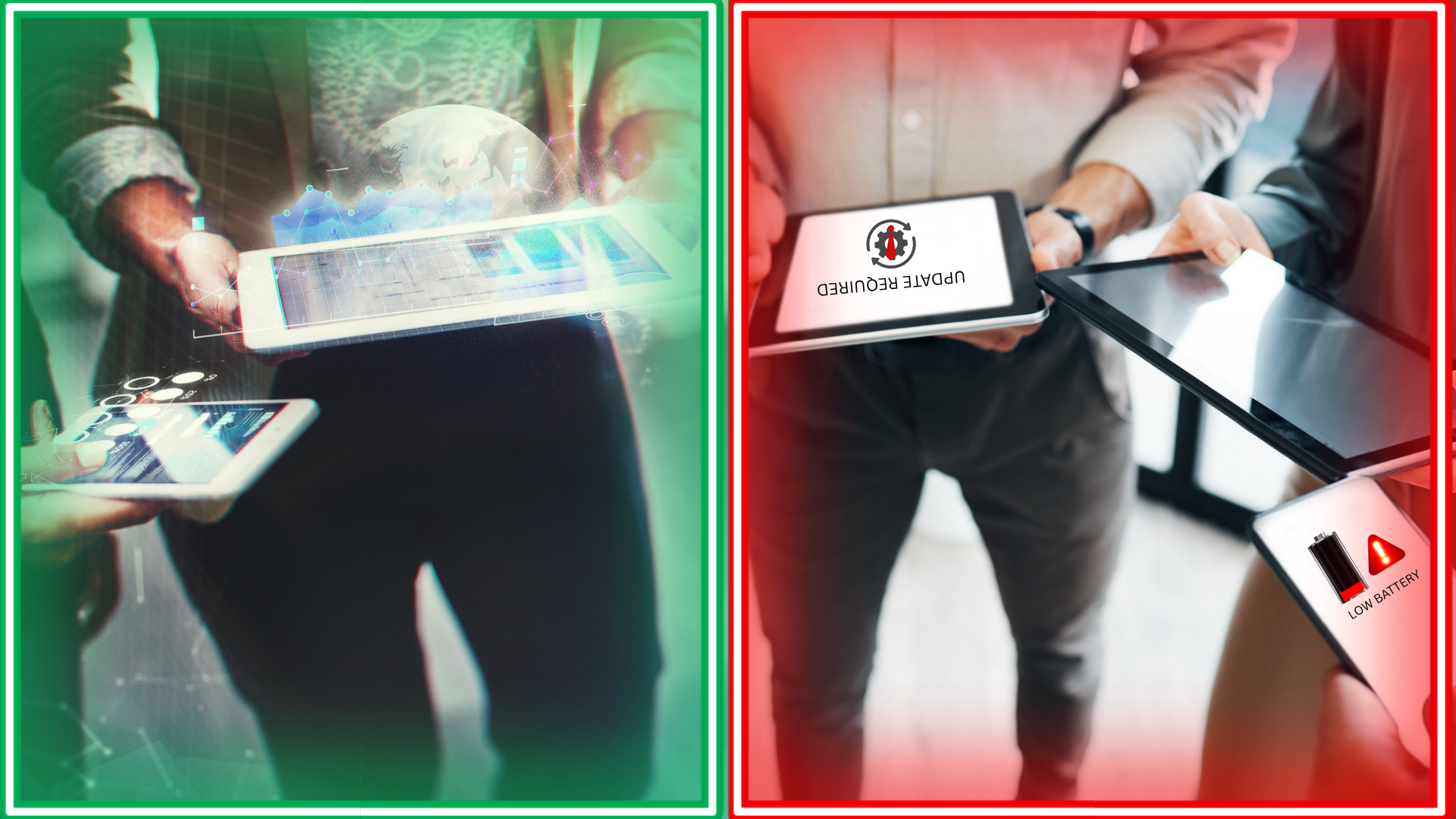M3 blog
Going Paperless with Agile Change Management

75% of CEOs believe digital transformation services are essential for their company’s growth’ (Source: Deloitte, 2023). This statistic underscores a pivotal truth in today’s business landscape: embracing digital transformation isn’t just advantageous—it’s imperative for staying competitive and fostering growth. As industries evolve at a breakneck pace, organizations must navigate the complexities of adopting new technologies to innovate and thrive. One of the most crucial aspects of this journey is effective change management, especially when integrating transformative technologies like paperless operations and mobile solutions. In this article, we explore how partnering with consulting groups can be instrumental in navigating these transitions, ensuring they are not only seamless but also strategically aligned with long-term business objectives.
What is Change Management?
Change management refers to the structured approach and set of tools used to manage the people side of organizational change. It involves transitioning individuals, teams, and organizations from a current state to a desired future state in order to achieve strategic objectives or respond to external pressures. Change management aims to ensure that changes are implemented effectively, smoothly, and with minimal resistance or negative impact on productivity and morale.
Key aspects of change management typically include:
- Understanding the Need for Change: Identifying the reasons and drivers behind the change initiative, whether they are internal (e.g., improving efficiency, reducing costs) or external (e.g., regulatory changes, market demands).
- Planning and Preparation: Developing a comprehensive plan that outlines the scope of the change, the steps involved, timelines, resource requirements, and key stakeholders.
- Communication and Stakeholder Engagement: Communicating the rationale for change to all stakeholders, including employees, managers, and possibly external partners or customers. Engaging stakeholders early and often helps build support and manage expectations.
- Leadership and Sponsorship: Ensuring visible support and commitment from senior leaders who champion the change initiative. Leaders play a crucial role in motivating employees, allocating resources, and addressing challenges that arise.
- Training and Development: Providing training programs and resources to equip employees with the skills and knowledge needed to adapt to new processes, systems, or ways of working.
- Managing Resistance: Anticipating and addressing resistance to change through proactive communication, addressing concerns, involving employees in the process, and highlighting the benefits of the change.
- Monitoring and Evaluation: Continuously assessing progress, gathering feedback, and making adjustments as needed to ensure that the change initiative stays on track and achieves its intended outcomes.
The Shift to Paperless and Mobile Solutions
The adoption of paperless and mobile solutions is rapidly gaining traction across industries worldwide. Here are some key developments driving this transformation:
Remote Work and Digital Collaboration: The shift towards remote work arrangements has accelerated the demand for paperless solutions. Organizations are increasingly investing in digital tools that enable seamless collaboration and information sharing among dispersed teams.
Cloud Computing and SaaS Platforms: The widespread adoption of cloud computing and Software-as-a-Service (SaaS) platforms has facilitated easier access to digital documents and applications from anywhere, on any device. This has reduced reliance on physical paper documents and storage.
Regulatory Compliance and Security: Regulatory requirements regarding data privacy and security have compelled organizations to digitize their operations. Paperless solutions offer enhanced security measures such as encryption, access controls, and audit trails to protect sensitive information.
Challenges for Transitioning
Transitioning to paperless and mobile solutions presents businesses with several challenges. Resistance to change among employees is a primary obstacle, requiring effective communication and strong leadership to promote the benefits of digital workflows. Technical issues, such as system compatibility and data migration complexities, must be carefully navigated alongside stringent cybersecurity measures to protect sensitive information. Financial considerations, including upfront investments and ongoing costs, pose additional challenges amid budget constraints. Cultivating a digital-first culture involves a shift in mindset and organizational norms towards innovation and adaptability. Lastly, ensuring compliance with regulatory requirements adds complexity, demanding that digital solutions meet legal standards and industry regulations.
Leveraging consulting groups
Consulting groups play a pivotal role in change management, particularly when organizations undertake transitions like adopting paperless and mobile solutions. Their expertise helps navigate complex challenges such as resistance to change among employees, technical integration issues, and ensuring regulatory compliance. Consulting groups provide strategic planning and implementation support, leveraging their experience to design tailored change management strategies. They facilitate effective communication, stakeholder engagement, and comprehensive training programs to ensure smooth adoption of new technologies. Additionally, consulting groups offer ongoing support and guidance, helping organizations optimize processes and maximize the benefits of their digital transformations. By partnering with consulting groups, businesses can accelerate their change initiatives, mitigate risks, and achieve sustainable success in today’s dynamic business environment.
To finish, the journey towards embracing digital transformation, including the adoption of paperless operations and mobile solutions, demands a robust approach to change management. As highlighted, this process involves understanding the drivers for change, meticulous planning, and proactive engagement with stakeholders to ensure alignment with strategic goals. Effective leadership, supported by consulting groups specializing in change management, plays a crucial role in navigating challenges such as resistance to new technologies, technical complexities, and regulatory compliance. These partnerships not only facilitate seamless transitions but also empower organizations to leverage digital innovations for enhanced efficiency, cost savings, and competitive advantage. By embracing change management strategies and leveraging expert guidance, businesses can position themselves at the forefront of their industries, poised for sustained growth and success in an increasingly digital world.




